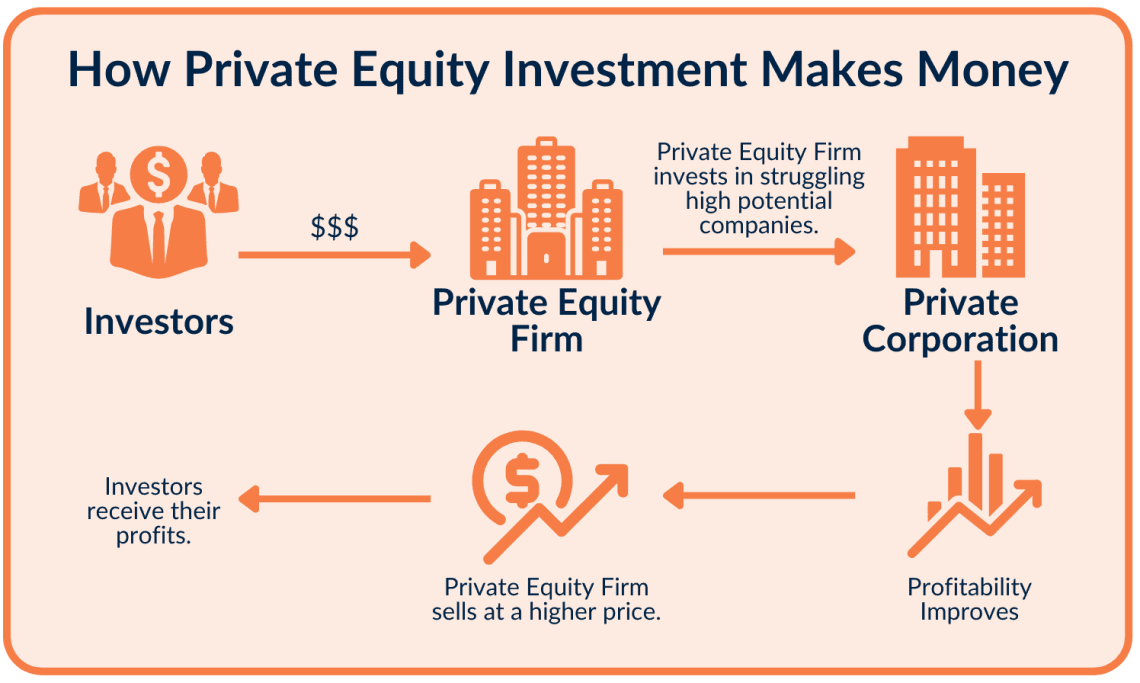Ever wondered how investment companies actually make their money? It’s a question many people ponder, especially when entrusting their hard-earned savings to these firms. It’s not magic, although sometimes it might seem that way! The reality is that investment company earnings are derived from a variety of sources, each playing a crucial role in their overall profitability. Let’s dive into the fascinating world of investment company finances and uncover the key drivers of their revenue.
Understanding Investment Company Earnings
Investment companies, in their simplest form, are businesses that pool money from investors and invest it in a portfolio of assets. But how do they translate this activity into profit? Let’s break it down.
The Core Components of Investment Company Earnings
Investment company earnings typically come from a combination of these sources:
- Management Fees: This is the most common and often the most significant source of revenue. It’s a percentage of the assets under management (AUM). The more assets they manage, the more they earn.
- Performance Fees: Also known as incentive fees, these are earned when the investment company exceeds a certain performance benchmark. Think of it as a bonus for doing a really good job!
- Transaction Fees: These are generated from buying and selling securities within the portfolio. While each transaction generates a small fee, these can add up, especially in actively managed funds.
- Dividend and Interest Income: Investment companies earn income from the dividends and interest generated by the securities they hold in their portfolios. This income is then often passed on to investors.
Management Fees: The Bread and Butter of Investment Company Earnings
Management fees are the lifeblood of many investment companies. They provide a steady stream of income, regardless of market performance. But how are these fees calculated, and what do they cover?
How Management Fees Work
Management fees are usually expressed as an annual percentage of the assets under management (AUM). For example, a fund with a 1% management fee will charge $10 for every $1,000 invested. This fee covers the costs of:
- Research and analysis
- Portfolio management
- Administrative expenses
- Marketing and distribution
It’s crucial to understand the management fee structure before investing in a fund. A seemingly small difference in fees can have a significant impact on your returns over the long term. Are you really getting your money’s worth?
Performance Fees: Rewarding Exceptional Investment Company Earnings
Performance fees, also known as incentive fees, are a way for investment companies to share in the upside when they deliver exceptional returns. But they can also be controversial. Let’s explore the pros and cons.
Understanding Performance Fee Structures
Performance fees are typically structured as a percentage of the returns that exceed a predetermined benchmark. For example, a fund might charge a 20% performance fee on any returns above the S&P 500 index. This incentivizes the fund manager to outperform the market. But what if they take on excessive risk to achieve those returns?
The Debate Around Performance Fees
Some argue that performance fees align the interests of the fund manager and the investor, as both benefit from strong performance. Others argue that they can be unfair, as the fund manager gets rewarded even if the fund underperforms in absolute terms, as long as it beats the benchmark. It’s a complex issue with no easy answers.
Transaction Fees and Dividend/Interest Income: Additional Sources of Investment Company Earnings
While management and performance fees are the primary drivers of investment company earnings, transaction fees and dividend/interest income also contribute to the bottom line.
The Role of Transaction Fees
Every time an investment company buys or sells a security, it incurs transaction fees. These fees can include brokerage commissions, exchange fees, and other trading costs. While each individual transaction fee may be small, they can add up, especially in actively managed funds that trade frequently. This is one reason why passively managed index funds, which have lower turnover rates, often have lower overall costs.
The Significance of Dividend and Interest Income
Investment companies also earn income from the dividends and interest generated by the securities they hold in their portfolios. This income is typically passed on to investors in the form of dividend payments or reinvested back into the fund. Dividend and interest income can provide a steady stream of cash flow and can help to cushion the impact of market volatility.
Frequently Asked Questions About Investment Company Earnings
So, there you have it – a glimpse into the financial workings of investment companies. Understanding where their earnings come from can help you make more informed investment decisions. Remember to carefully consider the fees and expenses associated with any investment product before you invest. It’s your money, and you deserve to know where it’s going.






